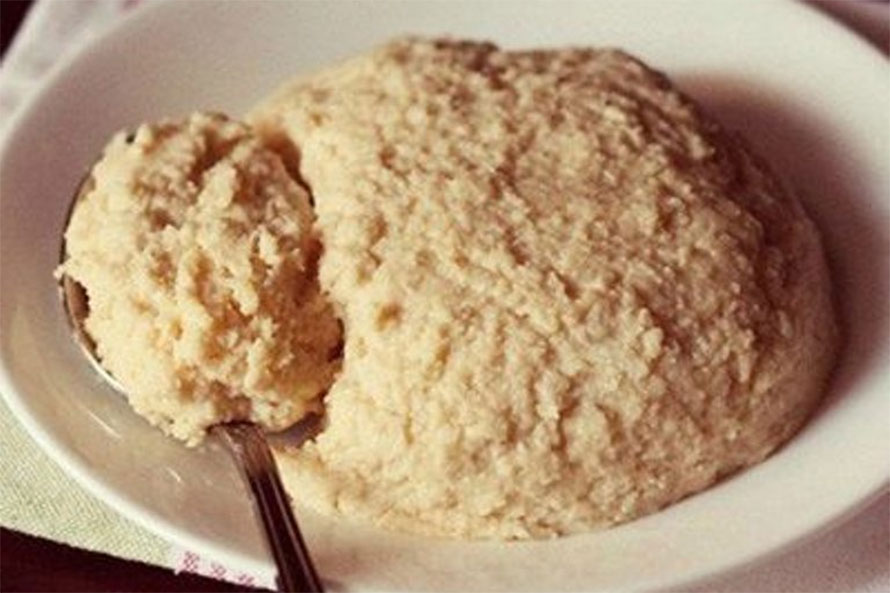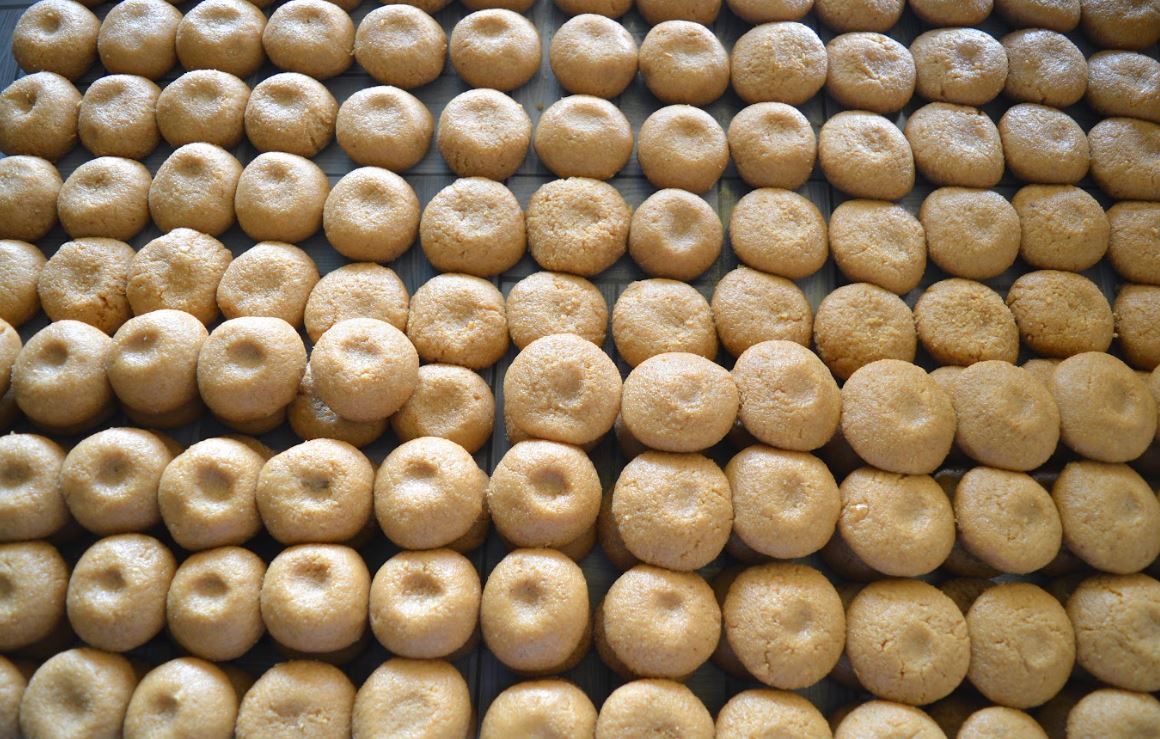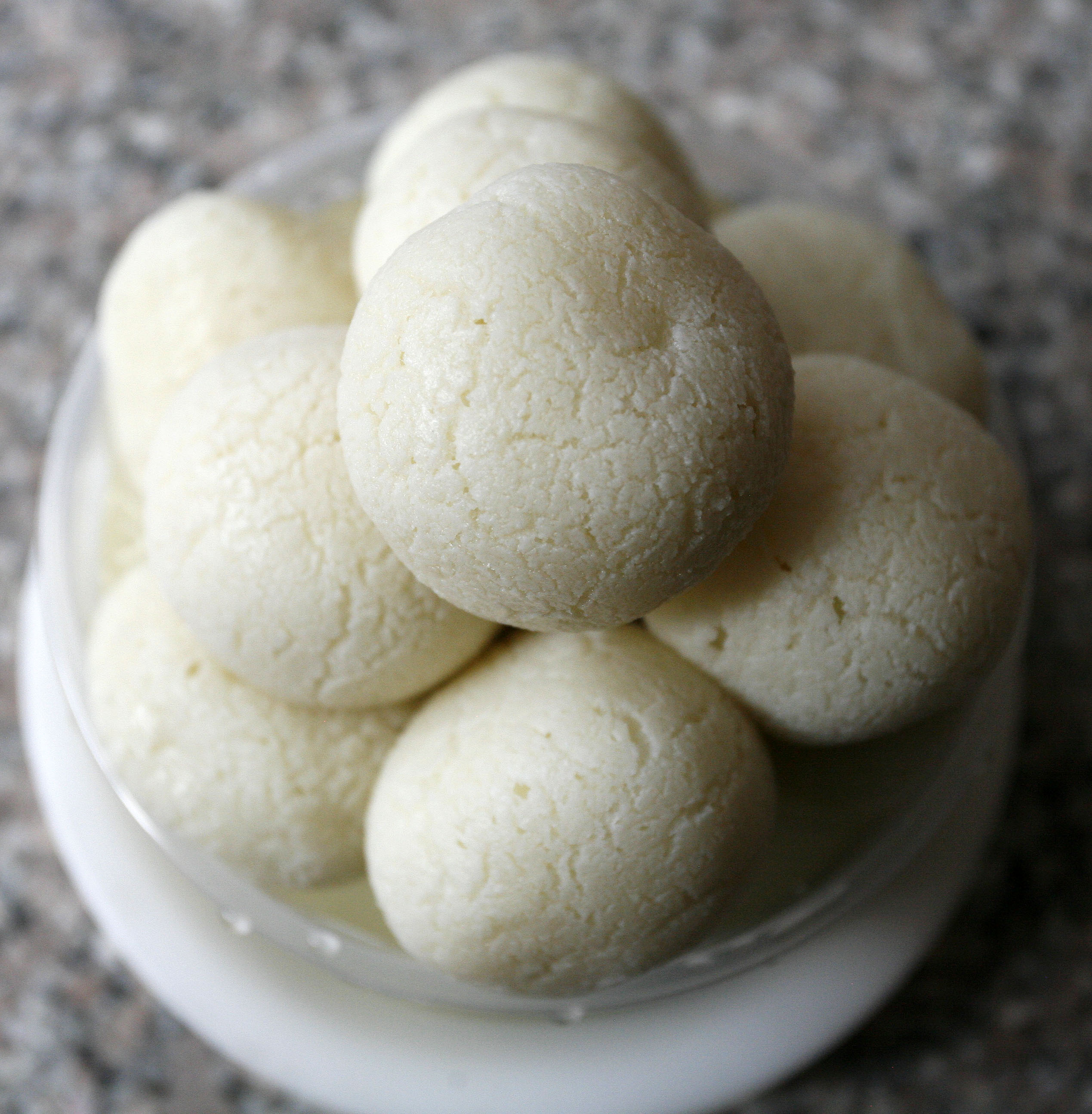
Please Wait..

Please Wait..
Physiology is the the branch of science which deals with the normal processes and reactions of the body of an animal.
SOME TERMINOLOGIES ON INFLAMMATION.
|
S.NO |
TERMINOLOGY |
ORGAN |
Remarks |
|
|
1 |
Nephritis |
Kidney |
|
|
|
2 |
Glossitis |
Tongue |
|
|
|
3 |
Stomatitis |
Buccal mucosa |
PSC 2071 |
|
|
4 |
Gingivitis |
Gum |
|
|
|
5 |
Cheilitis |
Lips |
|
|
|
6 |
Rhinitis |
Nose |
|
|
|
7 |
Pneumonia |
Lungs |
|
|
|
8 |
Hepatitis |
Liver |
|
|
|
9 |
Phlebitis |
Vein |
|
|
|
10 |
Nymphitis |
Labio minora |
|
|
|
11 |
Colpitis |
Vagina |
|
|
|
12 |
Metritis |
Uterus |
PSC 2070 |
|
|
13 |
Salpingitis |
Oviduct |
|
|
|
14 |
Bursitis |
Bursa |
|
|
|
15 |
Ovaritis |
Ovary |
|
|
|
16 |
Mastitis |
Mammary gland |
PSC 2071 |
|
|
17 |
Thelitis |
Nipples/teat |
|
|
|
18 |
Posthitis |
Prepuce |
|
|
|
19 |
Balanitis |
Glans penis |
|
|
|
20 |
Periorchitis |
Scrotum |
|
|
|
21 |
Orchitis |
Testis |
|
|
|
22 |
Funiculitis |
Spermatic cord |
|
|
|
23 |
Prostatitis |
Prostate gland |
|
|
|
24 |
Cystitis |
Urinary bladder |
|
|
|
25 |
Proctitis |
Rectum |
|
|
|
26 |
Cholangitis |
Bile duct |
|
|
|
27 |
Cholecystitis |
Gall bladder |
|
|
|
28 |
Cirrhosis |
Chronic stage liver |
|
|
|
29 |
Gastritis |
Stomach |
|
|
|
30 |
Typhlitis |
Caecum |
|
|
|
31 |
Ingluvitis |
Crop of poultry |
|
|
|
32 |
Enteritis |
Intestine |
|
|
|
33 |
Colitis |
Colon |
|
|
|
34 |
Sialadenitis |
Salivary gland |
|
|
|
35 |
Arteritis |
Artery |
|
|
|
36 |
Lampus |
Palate |
|
|
|
37 |
Dermatitis |
Skin |
|
|
|
38 |
Myositis |
Muscle |
|
|
|
39 |
Encephalitis |
Brain |
|
|
|
40 |
Myelitis |
Spinal cord |
|
|
|
41 |
Encephalomyelitis |
Brain and spinal cord |
|
|
|
42 |
Meningitis |
Meninges of brain |
|
|
|
43 |
Pachy-encephalitis |
Duramater of brain |
|
|
|
44 |
Lepto-meningitis |
Piamater of brain |
|
|
|
45 |
Polio-encephalitis |
Grey mater of brain |
|
|
|
46 |
Poliomyelitis |
Grey mater of spinal cord |
|
|
|
47 |
Coronitis |
Hoof |
|
|
|
48 |
Desmitis |
Ligament |
|
|
|
49 |
Lymphangitis |
Lymph vessel |
|
|
|
50 |
Lymphadenitis |
Lymph node |
|
|
|
51 |
Arthitis |
Joints |
|
|
|
52 |
Neuritis |
Nerve |
|
|
|
53 |
Ostitis |
Bone |
|
|
|
54 |
Osteomyelitis |
Bone marrow |
|
|
|
55 |
Carditis |
Heart |
|
|
|
56 |
Pericarditis |
Pericardium |
|
|
|
57 |
Myocarditis |
Myocardium |
|
|
|
58 |
Endocarditis |
Endocardium |
|
|
|
59 |
Glomerulo nephritis |
Glomeruli of kidney |
|
|
|
60 |
Tubular nephritis |
Tubules of kidney |
|
|
|
61 |
Interstitial nephritis |
Interstitial part of kidney |
|
|
|
62 |
Cellulitis |
Diffused suppurative inflammation on connective tissue |
|
|
|
63 |
Blepharitis |
Eyelids |
|
|
|
64 |
Iritis |
Iris |
|
|
|
65 |
Keratitis |
Cornea |
|
|
|
66 |
Opthalmitis |
Eye |
|
|
|
67 |
Dacryoadenitis |
Lacrimal glands |
|
|
|
68 |
Pyelitis |
Renal pelvis |
|
|
|
69 |
Radiculitis |
Spinal nerve root |
|
|
|
70 |
Vasculitis |
Vessel |
|
|
|
71 |
Spondylitis |
Vertebrae |
|
|
|
72 |
Splenitis |
Spleen |
|
|
|
73 |
Otitis |
Ear |
|
|
Endocrine glands, hormones and their functions and structure
|
Gland
|
hormones
|
Major functions
|
Chemical structure
|
|
Hypothalamus
|
Thyrotropin-releasing hormone
|
stimulates secretion of TSH and prolactin
|
Peptide
|
|
Corticotropin-releasing hormone
|
causes release of ACTH
|
Peptide
|
|
|
Growth hormone-releasing hormone
|
causes release of growth hormone
|
Peptide
|
|
|
Growth hormone inhibitory hormone(somatostatin)
|
inhibits release of growth hormone
|
Peptide
|
|
|
Gonadotropin-releasing hormone
|
causes release of FSH and LH
|
|
|
|
Dopamine or prolacting-inhibiting factor
|
inhibits release of prolactin
|
Amine
|
|
|
Anterior pituitary
|
Growth hormone
|
Stimulates protein synthesis and overall growth of most cells and tissues
|
Peptide
|
|
Thyroid stimulating hormone(TSH)
|
stimulates synthesis and secretion of thyroid hormones
|
peptide
|
|
|
Adrenocorticotropic hormone(ACTH)
|
stimulates synthesis and secretion of adrenal cortical hormones(cortical, androgens,and aldosterone)
|
peptide
|
|
|
Prolactin
|
promotes development of female breasts and secretion of milk
|
peptide
|
|
|
Follicle-stimulating hormone(FSH)
|
causes growth of follicles in the ovaries and sperm maturation is sertoli cells of testies
|
peptide
|
|
|
Lutenizing hormone(LH)
|
stimulates testesterone synthesis in leydigs cells of testies, stimulates ovulation, formation of corpous luteum and estrogen and progesterone synthesis in ovaries
|
peptide
|
|
|
Posterior pituitary
|
Anti diuretic hormone(ADH)/vasopressin
|
increase water reabsorption by the kidneys and causes vasoconstriction and increased blood pressure
|
peptide
|
|
Oxytocin
|
stimulates milk ejection from breasts and uterine contraction
|
peptide
|
|
|
Thyroid
|
Thyroxine (T4)
triiodothyronine (T3)
|
increases the rate of chemical reaction in most cells thus increasing body metablic rate
|
Amine
|
|
calcitonin
|
promotes deposition of calcium in the bones and decreases extracellular
|
peptide
|
|
|
Adrenal cortex
|
cortisol
|
has multiple metabolic function for controlling metabolism of proteins, carbohydrates and fats, also has anti inflammatory effects
|
steroid
|
|
aldosterone
|
increase renal sodium reabsorption, potassium secretion and hydrogen ion secretion
|
steroid
|
|
|
Adrenal medulla
|
norepinephrine
epinephrine
|
same effects as sympathetic stimulation
|
Amine
|
|
Pancreas
|
insulin(ß cells)
|
promotes glucose entry in many cells, and in this way controls carbohydrate metabolism
|
Peptide
|
|
Glucagon (@cells)
|
increase synthesis and release of glucose from the liver into the body fluids
|
Peptide
|
|
|
|
somatostatin (ϒ cells)
|
|
|
|
Parathyroid
|
parathyroid hormone(PTH)
|
controls serum calcium ion concentration by increasing calcium absorption by the gut and kidneys and releasing calcium from bones
|
Peptide
|
|
Testies
|
Testesterone
|
promotes development of male reproductive system and male secondary sexual characteristics
|
steroid
|
|
Ovaries
|
estrogen
|
promote growth and development of female reproductive system, female breasts, and female secondary sexual characteristics
|
steroid
|
|
progesterone
|
stimulates secretion of uterine milk by the uterine endometrial glands and promotes development of secretory appartus of breasts.
|
steroid
|
|
|
Placenta
|
human chorionic gonadotropin(HCG)
|
promotes growth of corpous luteum and secretion of estrogens and progesterone by corpous luteum
|
Peptide
|
|
Human somatomammotropin
|
probably helps promote development of some fetal tissues as well as the mother’s breasts
|
Peptide
|
|
|
estrogen
|
-
|
steroid
|
|
|
progesterone
|
-
|
steroid
|
|
|
Kidney
|
Renin
|
catalyzes conversion of angiotensinogen to angiotensin I( acts as enzyme)
|
Peptide
|
|
1,25-dihdroxycholecalciferol
|
increases intestinal absorption of calcium and bone mineralization
|
steroid
|
|
|
Erythropoietin
|
increases erythrocyte production
|
Peptide
|
|
|
Heart
|
Arterial natriuretic peptide(ANP)
|
increase sodium excretion by kidneys, reuduce blood pressure
|
Peptide
|
|
Stomach
|
Gastrin
|
stimulates HCl secretion by parietal cells
|
Peptide
|
|
Small intestine
|
secretin
|
stimulates pancreatic acinar cells to release bicarbonate and water
|
Peptide
|
|
Cholecystokinin
|
stimulates gall bladder contraction and release of pancreatic enzymes
|
Peptide
|
Weekly updates
Apr 27, 2024
Weekly updates
Apr 27, 2024
Weekly updates
Apr 27, 2024